Our 'Pepsi Challenge' reveals what people really think about hi-res audio
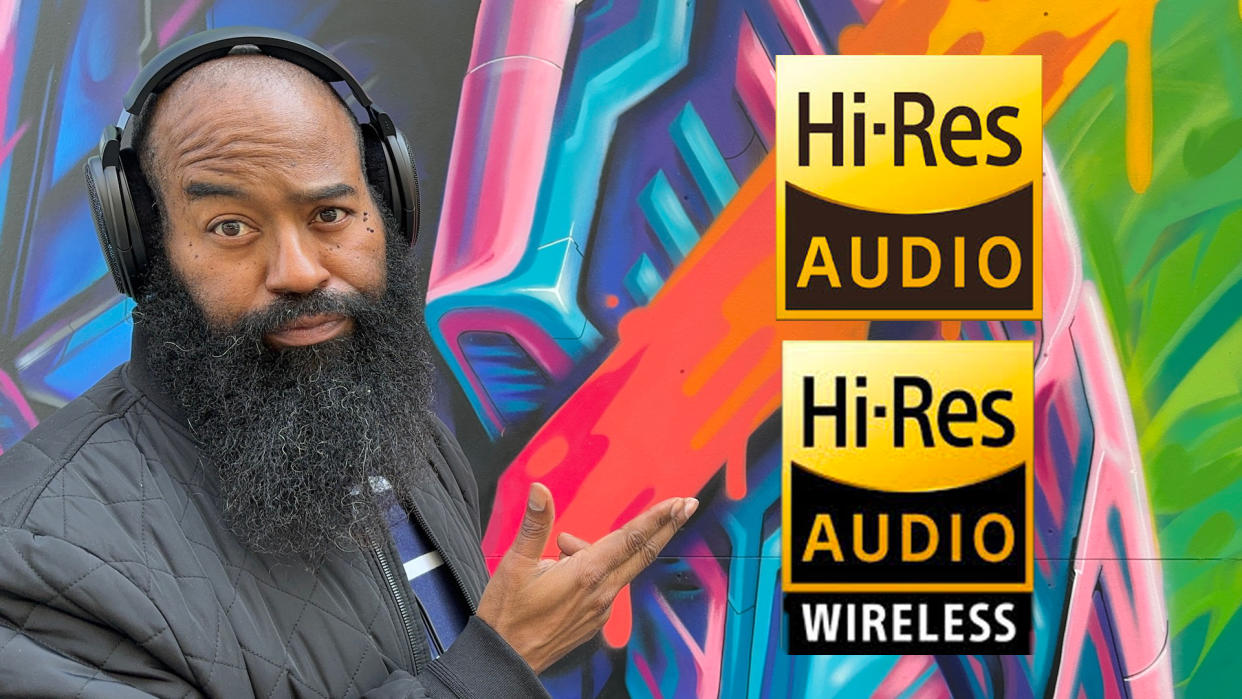
Have you listened to your favorite song through a pair of high-end headphones or $300 Hi-Res Audio certified Bluetooth earbuds? Do you subscribe to Spotify’s free plan, or are you more of a premium-tier Tidal listener? Apple has a massive lossless quality music library right now but you probably don’t have the right equipment to fully take advantage of it. Same thing with Tidal, which is lowering its prices starting April 10th, making its high-resolution music more accessible. Meanwhile, Spotify still doesn’t offer lossless after announcing “Spotify HiFi” back in 2021.
But even though the most popular music streaming service still doesn’t offer hi-res audio, is it something you actually care about? Could you tell the difference between the free lower-resolution offerings on Spotify and the lossless quality streams from Tidal, Apple Music, or Amazon Music Unlimited?
To truly discern the difference between them, you need the right wired equipment or the right combination of smartphone, Bluetooth codec, and quality Bluetooth earbuds/headphones/mobile DAC, which support what’s being played from the phone.
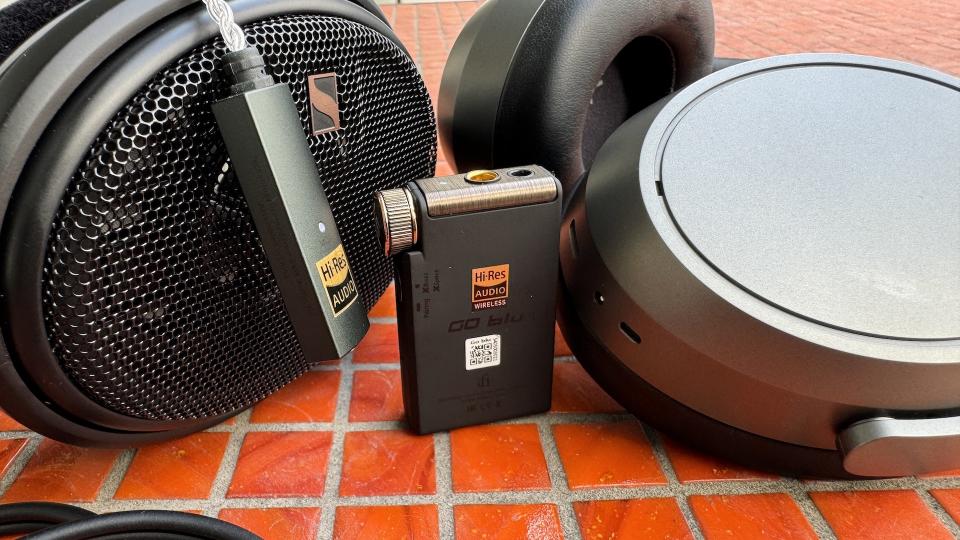
That seems like a lot to go through, but that’s what I did, and I brought it right to your doorstep! My “Pepsi Challenge” was presenting a blind “taste” test to the average smartphone user to find out if all of this progress, these advances in audio technology, really matter.
LG made hi-res audio easy. RIP to easy.
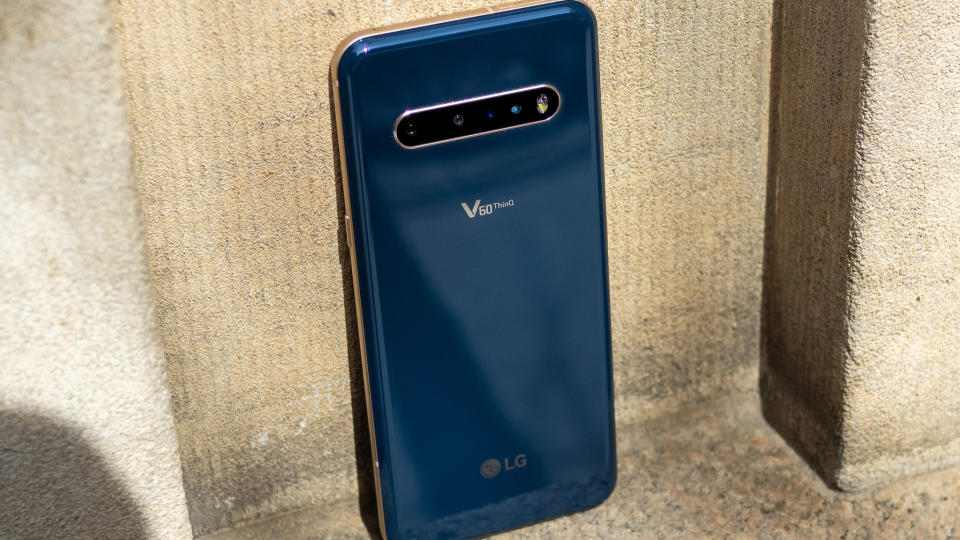
Let me take a brief moment to say RIP to my beloved LG V60 ThinQ from 2020, which featured a Quad DAC built-in and a 3.5mm audio port. That was one of the easiest ways to get CD-quality audio out of a phone.
Some over-ear or on-ear headphones can be connected to modern-day 3.5mm port-less phones via USB-C or 3.5/4.4/6.3mm connectors and adapters when you use a USB-C mobile DAC/Amp. That said, how many of you reading this consider yourself an “audiophile” and would spring for both Bluetooth earbuds and over-ear headphones and a DAC (do you even know what that is)?
Did your eyes just glaze over reading that? So, I ask again, does the average consumer care enough to figure all of this out to leverage all of that high bit rate goodness? To figure that out, I devised a test to get some definitive answers.
Testing to find what matters
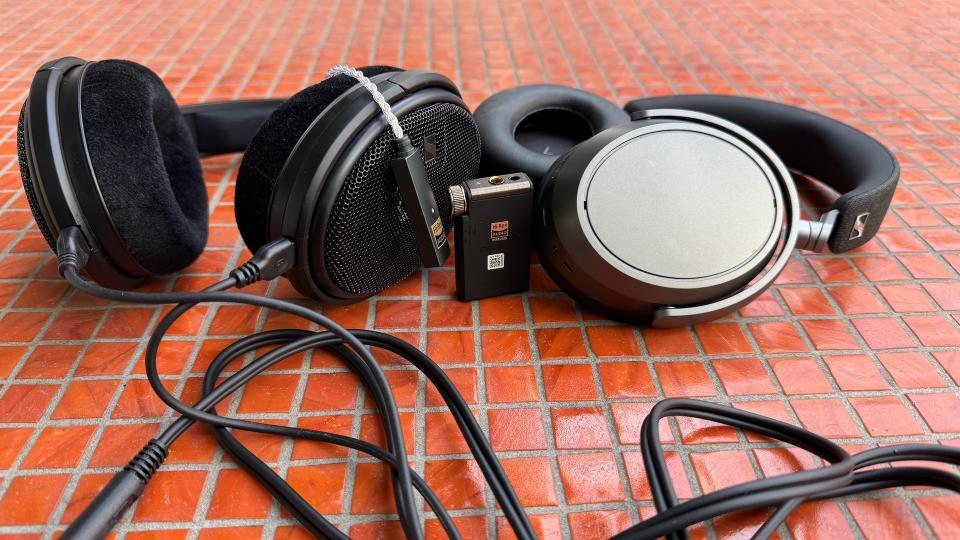
For this test, I chose 10 people of varying ages, ethnicities, and genders and played low-resolution audio streams, followed by either lossless FLAC files or high-resolution Tidal streams. Some of the responses I received expanded my understanding of what influences people’s choices profoundly. I was taken aback by some of the answers because I hadn't considered the context in which some people enjoy music.
I set up the methodology for testing my sample group like so:
Some participants had more time than others, so the number of songs varied, but each song they sampled was played twice. I used a Pixel 7 Pro to play each song once from Spotify, with the audio stream quality set to “Medium,” and then a second time directly from my Pixel using the USB Audio Player Pro app or Tidal. I had to use that app because Android downsamples the audio coming out of that USB-C port to 16bit, 44.1kHz, and the files I was playing were higher resolution than that.
HummingBird Media, who was as excited about this test as I was, outfitted me with the gear for this experiment. For round one, I used the excellent Sennheiser Momentum True Wireless 4 over-ear headphones via Bluetooth. In round two, the same songs were played via those same headphones but wired now, using iFi’s Audio GO link USB-C dongle DAC/headphone amp. I had one instance where I employed some higher-end equipment that Hummingbird sent, but I’ll get to that in a moment.
Who cares about hi-res audio, and why?
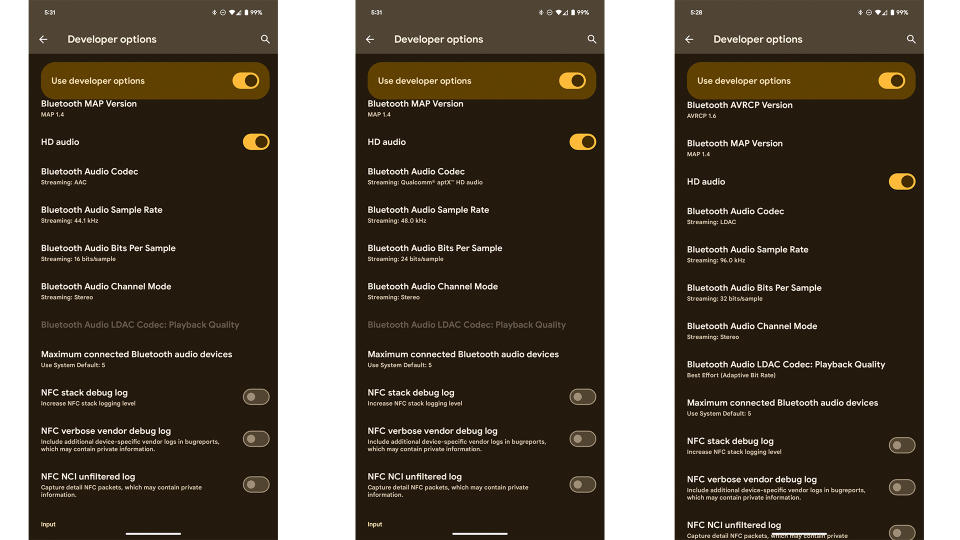
So, what were the results after my participants' listening tests and then subsequent Q&A sessions? Most people said they could hear a clear difference. Literally. The most common feedback was that the locally played FLAC files or streamed Tidal tracks had more clarity. There was more separation with the instruments, meaning they could discern individual sounds better in the higher-resolution files and streams. Sounds like an easy “W” for hi-res audio, right? Wrong.
One tester, JT, a broadcast engineer by trade, remarked that despite the perceived difference, it wasn’t enough for him to pay for anything special to have higher-quality content. He likened it to 1080P vs. 4K TVs. He told me that he knows 4K is better, but 1080P is good enough for his needs. So, no Tidal and no hunting down and purchasing FLAC files; he’s fine with lower-quality music, technically speaking.
Some other testers had similarly nuanced responses. Two testers, whom I'll call CA and CF, said they would both pay, but in different contexts. CA could hear the difference in clarity but was only willing to pay the one-time cost for the $59.99 iFi GO link dongle DAC. He wasn’t willing to fork over the extra dough monthly for a premium music service.
CF already pays for Spotify because she doesn’t like ads, so she is also willing to pay for the difference she hears between the two streams. But she would expand on that and say that it wasn’t worth it in her car, and she’d only want to take advantage of paying for premium streaming or upgrading to more premium equipment like the Sennheiser Momentum 4 and iFi GO link for active, recreational listening at home.
Some people may be able to tell the difference between low-resolution and hi-res audio, but that still might not be enough to justify the extra cost often associated with it.
Hearing, or “audition,” as it may also be called in neuroscience circles, is highly subjective. It’s as much about perception as it is about the technical aspects of the sound source, and as such, it shouldn’t be a surprise that two of my testers didn’t hear any difference in quality. This also means that they had no incentive to pay for anything more than what they had already used. Hi-res doesn’t matter to either of them.
One of those testers is also an avid music listener. She cooks with music on and does chores with it on. When we get in the car, the first thing she does is turn on the radio and hit her favorite Spotify playlists on her phone. It’s my wife, so I know these things.
Since I had more time to test my wife, I had her listen to one of the test tracks a third time, “Diamonds on the Souls of Her Shoes,” by Paul Simon. Only this time, I employed iFi’s impressive GO blu HD Bluetooth DAC and streamed in the Hi-Res LDAC codec at 96kHz, 32bits through that DAC into a pair of audiophile-grade Sennheiser HD 660S2 open-back over-ear headphones. If you don’t know, these are like seeing a movie in IMAX, where the Momentum 4 would be viewing that same movie on one of the standard large screens. Both are enjoyable, but the 660S2 is more dynamic.
With the 660S2, my wife was able to hear a slightly discernable difference from the lower-resolution music, but it still wasn’t significant enough to influence any action on her part toward the higher-resolution experience.
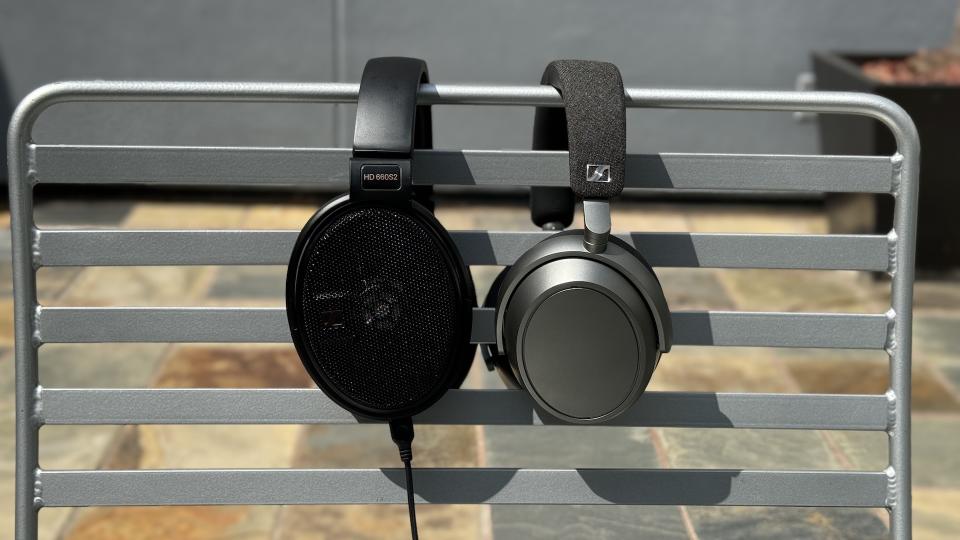
The two most profound Q&As touched on perception and brought up questions of neurodiversity, which I hadn’t considered before. One of my testers preferred the lower-resolution music because of a phenomenon I actually enjoy. High-resolution music files paired with high-end headphones make me feel like I’m truly immersed in the music. At its best, it feels like the music is not playing at me but that it is actually in my head. It feels like it’s all around me, or more precisely, I’m in it. I’m on stage, sitting in the middle of the band.
She didn’t like that feeling, initially saying it was too loud even though I checked to be sure that the tracks were playing at the same perceived loudness. This made me think of people who have processing sensitivities, those for whom certain stimuli could lead to sensory overload. I realized that in that context, hi-res audio played through earbuds or high-end headphones could be “bad,” and the lower resolution, less dynamic streams, “good.”
Then there was SK. He heard and articulated the difference in clarity, but to him, an avid Spotify user, the difference in the higher-resolution tracks sounded too “digital.” He said the Spotify streams were “familiar, comfortable.” For him, the enjoyment was in the familiar, and the perceived difference took him out of that place of comfort and made it less enjoyable.
Final conclusions: What really matters
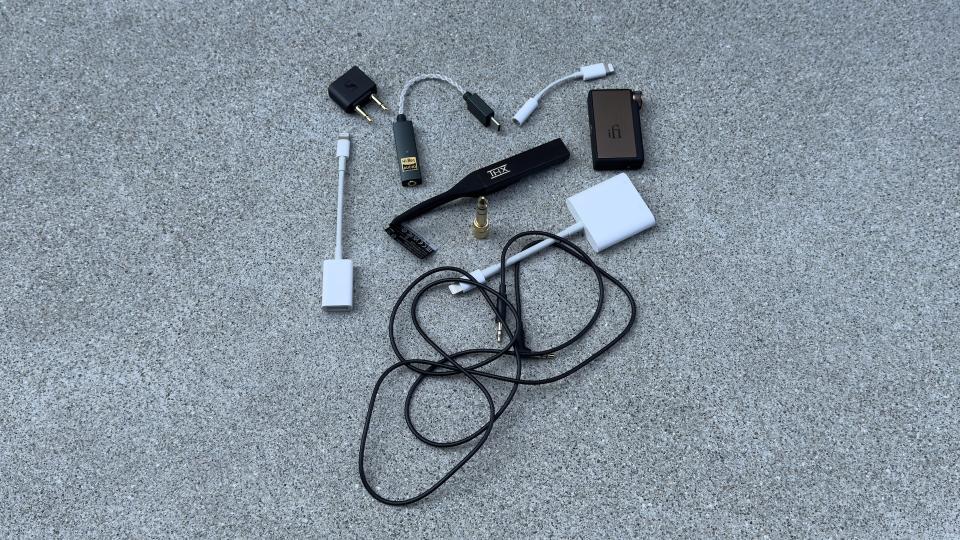
At the end of my experiment, I’ve come to two conclusions:
Almost all of my testers hadn’t listened to music playing in something they’d consider “high-end” headphones. They all remarked on how amazing the Sennheiser Momentum 4 sounded. So, part of answering my initial question requires first asking, “Has the average user even heard high-quality audio played through high-quality audio gear to know if Hi-Res audio matters?”
There is no “average” user. There are numerous contexts and reasons for smartphone users to care or not care about Hi-Res audio despite it being “better” on paper, and all of them are right.
At the end of the day, technology will keep moving forward, and as things progress and wireless technologies are better able to handle lossless files, people will just have access to them, which will become the norm, much like how Apple made its entire library available in its lossless ALAC format.
Those with reasons and contexts for not liking it will find the services that work for them if there's no option to retain the lower-resolution versions of the songs they listen to. The rest likely won’t even recognize that they’ve been “upgraded” because they don’t have the more expensive, higher-end listening gear, which would make that upgrade really pop like the Sennheiser and iFi gear I used here. They’ll continue to buy the earbuds whose focus is on cost and feature set first, and Hi-Res dynamic range audio second.

